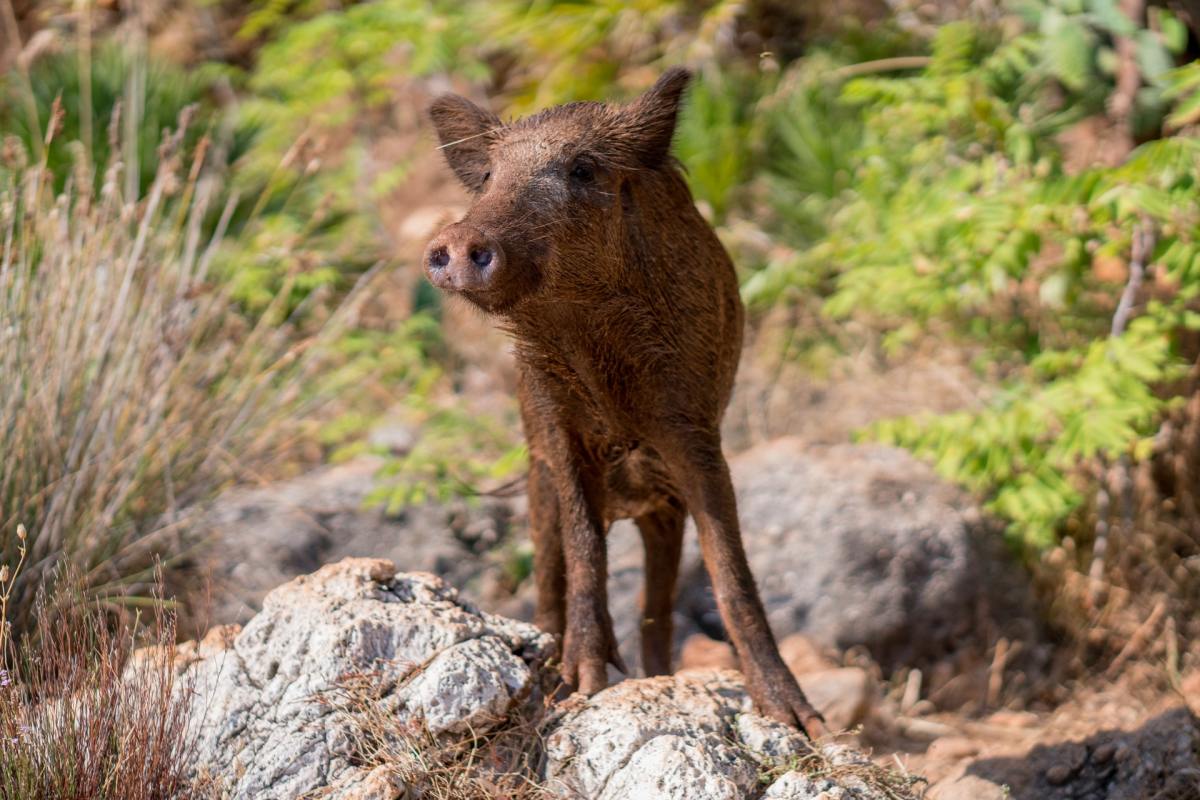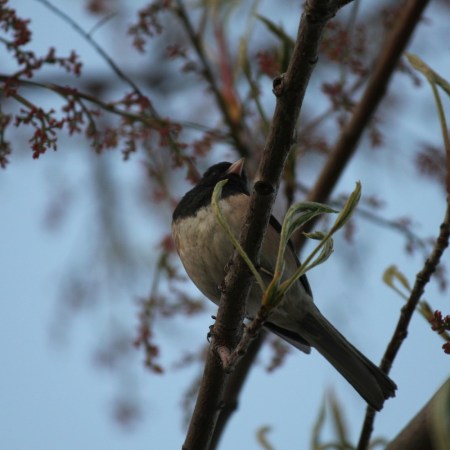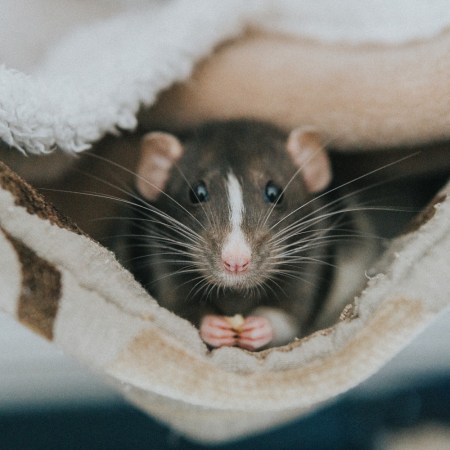30 to 50 feral hogs really is the meme that keeps on giving. Unfortunately for humans and the environment at large, that’s not a particularly good thing — feral pigs can damage the landscape, transmit diseases to humans and release a not insubstantial amount of carbon dioxide each year. That, in turn, leads a host of local governments with an unenviable task: dealing with an ever-growing population of feral hogs.
A new article in the Los Angeles Times explores the challenges facing California, which has few easy answers as it seeks to mitigate its feral pig population. Among the challenges is the way the hogs are firmly ensconced in the landscape — meaning that attempts to poison them might well have an effect on numerous other animal populations as well.
There’s also the matter of the pigs’ intelligence — which is to say, their ability to adapt to different measures imposed to keep them in line. The Times spoke with Monterey County Parks Manager Bryan Flores, who had a solution in place to the pigs breaking into park trash: chaining garbage cans to poles. This worked for a while, until the pigs figured out how to take care of the chains.
The article also identifies another issue responsible for the pigs’ growth in population: a lack of predators. Though there is a case that humans might fit that bill — but certainly not at the scale that would put a dent in the issue facing the state of California and the nation as a whole.
Thanks for reading InsideHook. Sign up for our daily newsletter and be in the know.

















